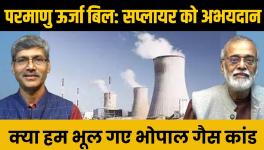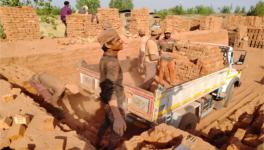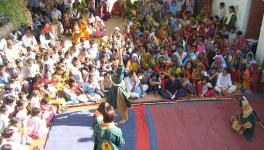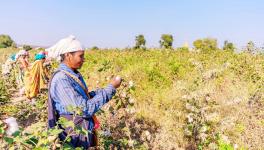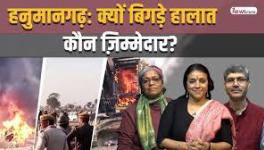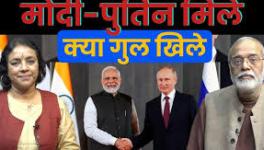Good News on Vaccines but What About its Delivery?
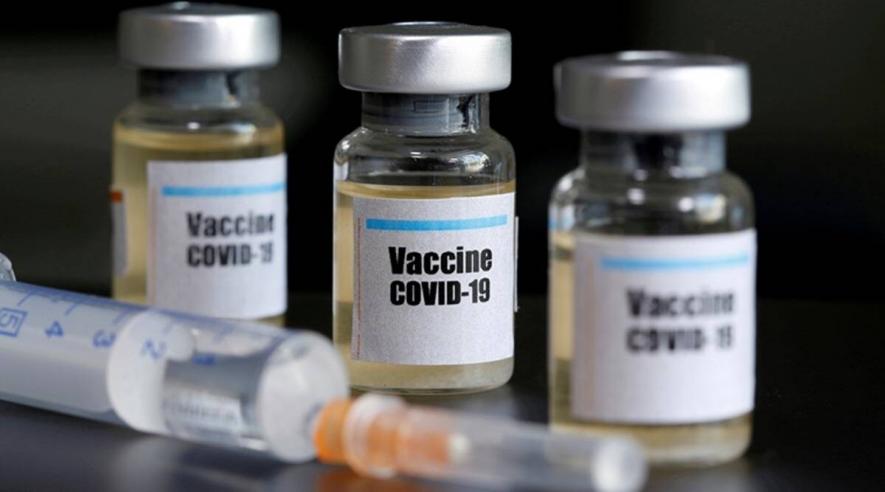
A Covid-19 vaccine is back in the news with the recent Pfizer's press release claiming 90% efficacy from the very early figures in the Phase 3 trials of the Pfizer-BioNTech vaccine. The figures are from a Pfizer press release, so the scientific community has little to analyse independently Pfizer's claims. But it is still good news, confirming, like the other trials that vaccines appear to be working and showing in some cases a strong immune response.
The catch in this 90% success figure, apart from the preliminary nature of the data, is that the Pfizer-BioNTech is an mRNA vaccine, and needs an ultra-cold for storing and transporting the vaccine of minus 70-80 degree centigrade. The other mRNA vaccine, also in the news is the Moderna vaccine with similar requirements. Forget India and the poorer countries in the world, even the US will be hard-pressed to provide such a large ultra-cold chain for its population. Even Mayo Clinic, one of the prestigious hospitals in the US, currently does not have that capability. At best, the mRNA vaccines will help a small section of the people who can afford high-cost vaccine which the Pfizer vaccine promises to be.
The vaccines that do not require such an ultra-cold chain are the more old fashioned vaccines. These require only 2-8 degree centigrade range of temperatures for storage and transport. These cold chains exist in almost all countries for other vaccination programs.
The older vaccine technologies include inactivated virus vaccines, using proteins of the virus for the vaccine, and using adenovirus as a vector for the virus protein. Some of the Chinese vaccines and the Indian Covaxin vaccine are inactivated virus vaccine. The Astra-Zeneca-Oxford vaccine and the Russian Gamaleya vaccine use different adenovirus as vectors for the SARS-CoV-2 virus proteins. There is also the Novavax vaccine, a protein vaccine that uses the spike protein itself as the target, which has also shown a high level of antibodies.
None of these vaccines, or more correctly vaccine candidates, require ultra-cold chain. They all can do with the existing 2-8 degree centigrade range of cold chain which we also use for the polio campaign. So even if the mRNA vaccine has limited availability in India, we should not worry too much. There are other vaccines on the way. Most immunologists seemed to be confident about the availability of a reasonably good vaccine early next year. Some vaccine manufacturers including Novavax have tied up with the global vaccine alliance backed by WHO, the Covax facility, and supported by a large number of countries including China. This is unlike Pfizer, who has said clearly that for them, the Covid-19 vaccine is a purely commercial, profit-making venture and not a public health one.
In the scramble for vaccines, the rich countries have already booked 2-3 times the vaccines there population requires. This leaves most of the developing countries at a significant disadvantage, as they neither have the money nor indigenous manufacturing capacity. India has a well-developed manufacturing capacity and a strong scientific and research infrastructure, the product of its fight against the stifling patent regime. In Serum Institute, Pune it has the largest generic vaccine manufacturer in the world, which has tied up with Astra Zeneca-Oxford vaccine, makers Novavax and a few others. Reddy's Laboratory has tied up with Russia's Gamaleya Institute. Bharat Biotech and Cadila are developing indigenous vaccines, as are others. So India is likely to have options regarding which vaccines to use and for how many people. This is not true for most other countries, who may have to wait for the WHO backed GAVI/CEPI vaccine initiative.
With 1.3 billion people, the challenge for India is much more in expanding the cold chain, creating the delivery system, and reaching the people to provide them with the two shots that these vaccines require. And it is here we are completely in the dark regarding government's plans. This is notwithstanding the brave words last month of the Union Health Minister, of vaccinating 20-25 crore people—or roughly a fifth of our population—by June 2021. To further complicate matters, Dr Randeep Guleria, the Director of AIIMS, a member of the government's task force on Covid-19, has said that the common people would not get access to the vaccine before 2022. So what is happening and do we have any inkling of the government's plans? Or does the government even have a plan?
We have dealt earlier with the challenge of vaccinating a significant part of our people to stop the epidemic in the country. We will have to decide the sequence in which different sections of the people will be vaccinated: the health workers having the highest priority, the essential services next and so on. The task of identifying priorities is only one. The vaccine—or a set of vaccines as one vaccine manufacturer's capacity may not be enough—will have to be procured, transported through a cold chain and delivered to the people in all parts of the country. This is a major logistical challenge. Once it reaches the hospitals, public health centres and local clinics, we need qualified people to inject the Covid-19 shots. We also need to track the people who have received the first shot so that it can be repeated within the interval prescribed for the specific vaccine. If different vaccines are involved, the task of vaccine procurement and delivery is even more complicated.
All of this not only involves the central government but also the state governments. If we plan to vaccinate the entire Indian people, the states need to be involved in a big way. As of now, we have yet to see any major effort of the central government in involving the states in planning such vaccine procurement and delivery. Unless all the tiers of the government bodies—the central, the state and the local bodies—are involved, the target of vaccinating all the people cannot be achieved.
This brings us to the major failure of the Modi government in addressing the on-going Covid-19 pandemic. It has centralised all aspects of the management of the epidemic, treating it only as an administrative problem to be handled by the bureaucracy. It is under the illusion that the use of digital platforms, Aadhaar and the bureaucracy will solve all public health problems. Instead, it should focus on transparency, state and local government participation, and involving the people in this massive public health challenge.
While there are expert bodies who are supposed to advise the government on scientific issues, their major task seems to conduct public relations exercise on behalf of the government. One such exercise was the DST Super Model, which claimed that we have almost reached herd immunity. It also predicted the waning of the epidemic in the country and its ending by February 2021. We have already talked in these columns of the problems with DST's Super Model. This model has now been proven wrong with its third peak in Delhi, showing we are nowhere near herd immunity. Predicting epidemics using such simplistic math models do not work beyond a few weeks.
Procuring the vaccine, its distribution, and vaccinating the people all have costs. We have yet to hear about any budgetary provision for the amounts involved. Adar Poonawala, the CEO of the Serum Institute, had said that if all the people have to be vaccinated, this will cost at least Rs. 80,000 crore. The Health Minister has denied that it will cost this amount, without producing any details of the costs of the vaccine and its delivery cost.
Whatever the cost of the vaccinating people might be, Covid-19 is a public health challenge, which has to be met from public funds. The question is will the central government fund the entire vaccination program? Or will it suddenly remember the state governments, when it comes to the costs of vaccination? Centralise taxes, refuse to part with legitimate state share, and transfer the burden of costs to the states whenever possible, this has been the Modi government's fiscal strategy.
The distribution of the vaccine is only one issue. Is the central government investing in boosting manufacturing capacity? Or is planning production and investing in manufacturing, dreaded socialism, which the Modi government fears like the plague; even when it is faced by the plague of Covid-19
Get the latest reports & analysis with people's perspective on Protests, movements & deep analytical videos, discussions of the current affairs in your Telegram app. Subscribe to NewsClick's Telegram channel & get Real-Time updates on stories, as they get published on our website.










